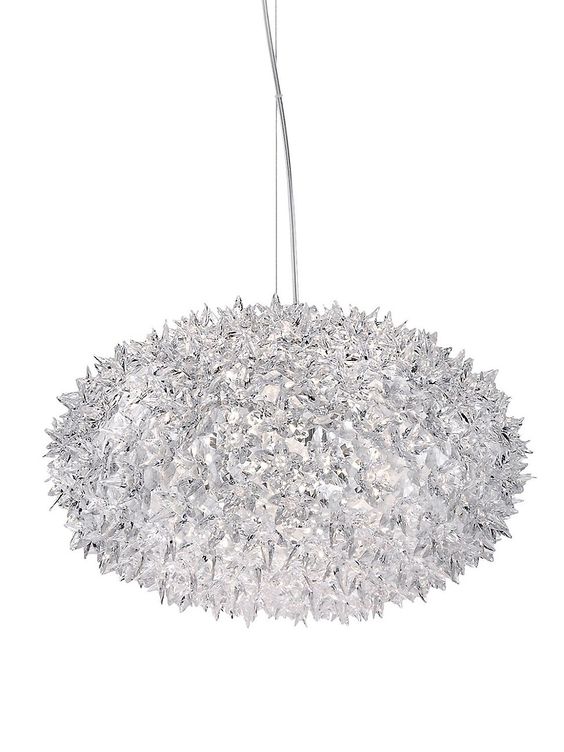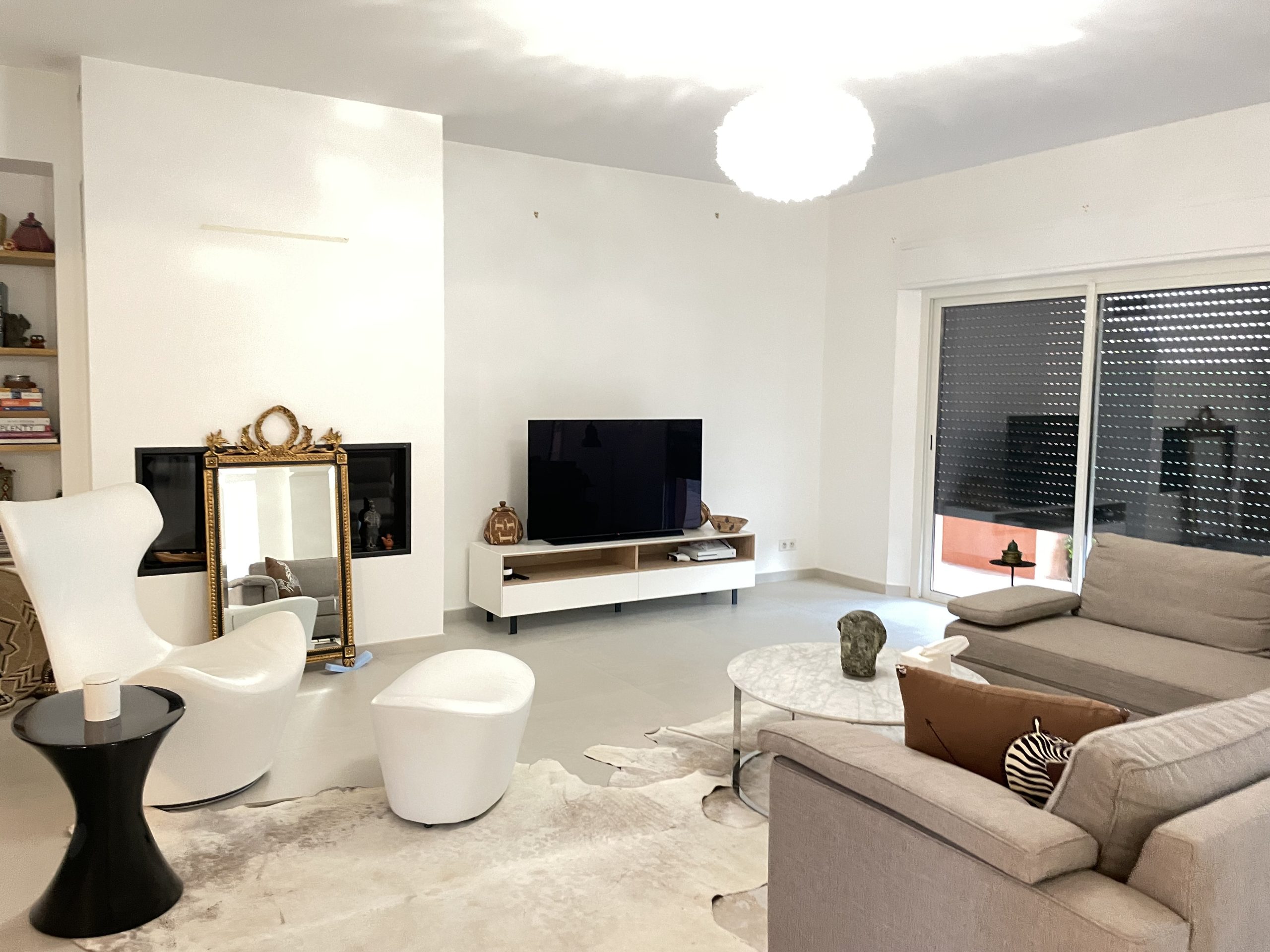Patience in Design, A Five Step Approach
Patience in Design, A Five Step Approach:
I am in the beginning stages of decorating a new home. Well, new to me. Actually this is the first home we have purchased where we are not the first owners. The previous owner was an older single man who didn’t seem very interested in the quality of his furnishings. By that I mean the chandeliers are plastic, and I don’t mean the designer kind, and the curtain rods and curtains are Ikea basic. This leaves me in the position of not needing to replace anything immediately, but not sure I can wait because what is there is unpleasing to the eye!
On the bright side, the house has great bones. The layout is perfect for us, I love the location, and the garden has so much to offer. BUT it is going to take a lot of time, money, and patience to make things right for us.
Because we have moved every three years, I am often in the opposite position where I want a home to feel like a home as quickly as possible, or the three years we are there will just feel like a transition space. We plan on keeping it for the long term, which means I don’t want to make too many compromises.
As the design world focuses more and more on sustainability and furnishings that can last for multiple generations, I thought it would be helpful to discuss ways to approach decorating your own home with a long term approach, step by step, so as not to waste what you already own, and to take the time to purchase what you truly love, even if it takes years. The end result will be ultimately more satisfying and a better representation of you.
There are several steps to take that can ensure a slow and steady approach to designing your dream home.
Patience in Design, Step 1: Take Stock.
Take stock of what you have in all categories: Lighting, Rugs, Casegoods, Seating, Art, Tables, Occasional Chairs.
If possible, put them into piles in an open space; all the rugs in one area, all the chairs in another, so you can see what you really have. Shop your home like a store. Look at each room and decide what it needs based on how you plan to use the room. Does the bedroom need a desk? An occasional chair? A rug underfoot?
This seems simple enough, but I have realized I needed to think a bit outside of the box in my own new home. The chair I always place in my primary bedroom might be better suited in another bedroom, because this bedroom is longer and more narrow, requiring a different seating arrangement. The rug that was in the basement may find a new home in the primary bedroom, because the flooring and rug colors agree. The light fixture I hate and want to replace could be improved temporarily with replacements lampshades. The furniture pieces the former owner left behind could maybe be used in reinvented ways, or refreshed with paint before needing to be replaced when I find the right piece.
Sometimes we pigeonhole our thinking. Once you let go of the limitations you unknowingly set for yourself, you may find something you own but don’t love can become more likeable when used differently. Below is a photo of the family room, looking towards the dining room and kitchen.
The light fixture I hate is above the kitchen bar. I have a light fixture in Zurich that will eventually replace this one, but I didn’t want to live with this fixture for the next few years, so I decided to replace the shades with glass ones from Amazon. It was a cheap fix, and much improved silhouette, in my opinion!
I also plan to repurpose some lights in the home. The main floor is an open floor plan with the family room, dining room and kitchen visible with one glance. The dining and living rooms each have Kartell Bloom light fixtures, which are too small in scale for these spaces. The fixtures are fine and will be better suited somewhere else. I was struggling to find bathroom lighting that I like, and I think these fixtures will work well there in terms of scale, height and material.


Patience in Design, Step 2: Edit/ Donate/ Sell.
Conversely, if there are things you have fallen out of love with, give yourself permission to release them and find their new home by either donating them or selling them on one of the many online sites dedicated to this purpose (Etsy, Facebook Marketplace, CraigsList, Chairish). Edit, Donate and/ or sell!
I am making a stack in the garage of previously loved items that no longer have a place in my home and may become someone else’s treasure (edit, donate/ sell!). I love this idea of relinquishing something for it’s next adventure. It is important to do this as you don’t want to be surrounded by things you no longer enjoy. Our taste changes, and so do our needs and the way we live, so be open to letting these items move on so that you can to.
Patience in Design, Step 3: Considerations.
Once you have decided what to keep, and what to repurpose or modify, and what to donate or sell, spend some time thinking about the strengths and weaknesses of your space (considerations). What do you want to improve? Can you live with the current sofa and plan to upgrade in the future? Do you need new rugs? Is the lighting sufficient throughout the year? Storage is also of great importance and should be discussed.
These considerations, if possible, should be observed over multiple seasons, as temperatures and natural lighting change. Once you have made your observations, it is time to start dreaming.
Patience in Design, Step 4: Dream.
The dream phase is by far my favorite part of the process. Dreaming as well as putting your dreams into action. Do not limit yourself in any way. This is the time to think big and allow yourself to imagine every potential possibility, no matter the price. Imagine there are no obstacles of any sort. I think Pinterest is a great place to start dreaming and a great way to organize these ideas and come back to them. Also explore some of your favorite home shopping sites. For me that is often MOHD or Ambiente Direct, and 1st Dibs, too.
I order fabric samples and rug samples to see them in the space, and how they interact with other existing fabrics and materials. Sometimes this can be a jumping off point to introduce a new pattern or texture. It’s really important to touch the actual fabric and see it in person, in the lighting, and in the room you plan to use it. Photos just don’t do justice and aren’t a very good representation of what a material is really like. Dream big!
In my own home, I would like to convert an indoor plant bed into a built-in bench with lid for storage and topped with custom cushions. I have my heart set on Kelly Wearstler’s “graffito” fabric. I’m imagining being enveloped in a cocoon of dark tones as I enter the house, a dramatic moment.

Patience in Design, Step 5: Budget and Timeline.
Finally, once you have picked your dream materials, sit down and figure out your budget and how much you have to spend or invest in your home for the year, then the next 2 years to 5 years. This will help organize your projects and timelines as well.
For my home, I am surrounded by many hard surfaces, and I would like to soften the space. In the summer, the sunlight is very strong and needs to be filtered. I would like to add roman shades to all of the ground floor windows and doors in a linen like materials, to add softness and to filter the light. Is it in the budget? What’s the timeline?!
In the long term, I want to put in a pergola, add doors to the pool house, manicure the garden, convert the pool to saltwater, put in a putting green, redo the kitchen and bathrooms, paint the house, the list goes on!! Enough to occupy my time and wallet for awhile. One can at least dream and plan it!
So order those fabric samples, go to the antique shops, sign up for sale notifications, and Dream Big! Take your time, and you will be rewarded.





One Reply to “Patience in Design, A Five Step Approach”